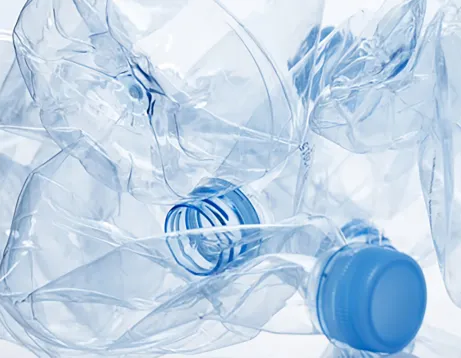Water treatment is a crucial process that ensures the safety and cleanliness of drinking water, as well as the efficient management of wastewater. Various chemicals are utilized throughout this process, each serving specific purposes to improve water quality and ensure it meets health standards.
One of the primary chemicals used in water treatment is chlorine. It is widely employed for disinfection purposes; chlorine effectively kills bacteria, viruses, and other pathogens present in the water. The addition of chlorine ensures that the water is safe for human consumption. However, it is essential to manage chlorine levels carefully, as excessive amounts can lead to undesirable tastes and odor, and potentially harmful byproducts.
Another important chemical is coagulants, such as alum (aluminum sulfate) and ferric chloride. These substances are utilized to remove suspended solids from water. The coagulation process causes tiny particles to clump together, forming larger aggregates called flocs, which can then be easily removed through sedimentation or filtration. This step is vital for producing clearer and cleaner water.
In addition to coagulants, flocculants like polyacrylamide may also be used to enhance the aggregation process. These chemicals help to stabilize flocs and improve the efficiency of solids removal. The increase in particle size makes it easier for filtration systems to capture impurities and assists in clarifying the water.
what are the chemical used in water treatment

pH adjustment is another critical aspect of water treatment, and chemicals such as sodium hydroxide or sulfuric acid are often used to achieve the desired pH level. Maintaining the correct pH is essential for optimizing disinfection processes and ensuring that other treatment chemicals function effectively. It also helps prevent corrosion in pipes and storage systems.
For the removal of dissolved organic matter and nutrients, activated carbon is frequently used. This chemical adsorbent can effectively remove chlorine, odors, and other contaminants, providing an additional layer of purification. In some cases, advanced oxidation processes using ozone or hydrogen peroxide are implemented to break down complex organic compounds and reduce chemical contaminants in the water.
Lastly, in wastewater treatment, chemicals like phosphorus-removing agents (for example, ferric chloride) help reduce nutrient pollution, which is crucial for protecting ecosystems and promoting healthy water bodies. Microbial agents may also be introduced to enhance the breakdown of organic material in the wastewater.
In conclusion, the treatment of water involves a careful selection of various chemicals, each playing a significant role in purifying water to meet health and safety standards. As water quality requirements continue to evolve, innovative approaches and new chemicals are likely to emerge, further improving our ability to provide safe and clean water for all.

